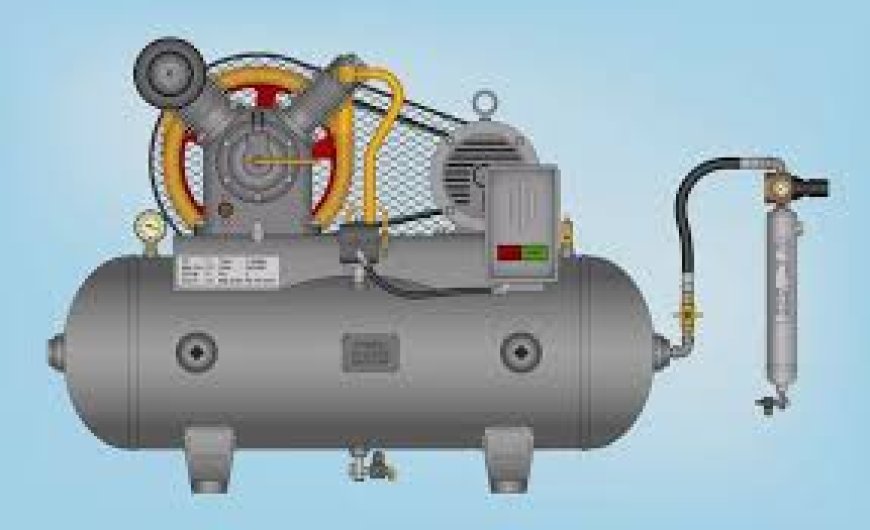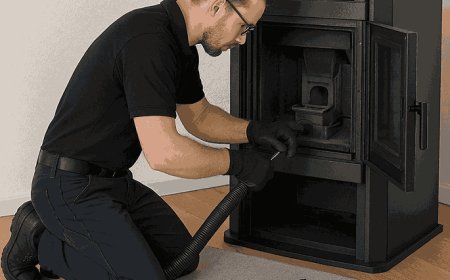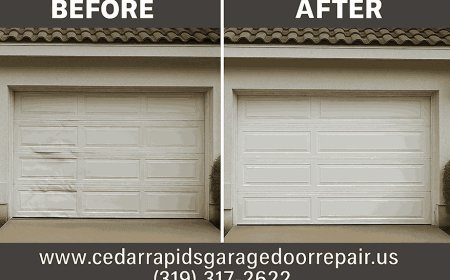Energy-Efficient Compressed Air: Optimizing Performance and Reducing Costs
In this article, we explore how energy-efficient compressed air systems work, strategies for improving efficiency, and why it matters for your bottom line and the environment.

Compressed air is widely used in manufacturing, construction, food processing, and many other industries. However, generating compressed air is energy-intensiveaccounting for up to 10% of total industrial energy use in some facilities. Thats why energy-efficient compressed air systems are essential for cutting costs and promoting sustainability.
In this article, we explore how energy-efficient compressed air systems work, strategies for improving efficiency, and why it matters for your bottom line and the environment.
Why Focus on Energy Efficiency in Compressed Air Systems?
Producing compressed air is often inefficient. In many systems, only 1015% of the electrical energy consumed by an air compressor is converted into usable energy; the rest is lost as heat. By optimizing your system for efficiency, you can:
-
? Reduce electricity costs
-
?? Lower environmental impact
-
?? Extend equipment lifespan
-
? Avoid downtime and production losses
Key Features of an Energy-Efficient Compressed Air System
1. Variable Speed Drive (VSD) Compressors
Unlike fixed-speed compressors, VSD screw compressors adjust motor speed based on demand, reducing energy waste during periods of low air usage.
2. High-Efficiency Air Dryers
Using refrigeration or desiccant air dryers designed for minimal power consumption ensures moisture is removed without excess energy draw.
3. Advanced Controls and Monitoring
Modern systems use smart controllers to monitor air pressure, temperature, and flow in real time. They help identify inefficiencies and prevent over-pressurization.
4. Heat Recovery Systems
Up to 90% of the energy used by compressors is converted to heat. Heat recovery units can repurpose this heat for space heating or hot water, improving overall efficiency.
Tips to Improve Energy Efficiency in Existing Compressed Air Systems
Even without a full system upgrade, you can improve efficiency with these practices:
-
? Fix leaks: Air leaks can waste up to 30% of compressed air.
-
? Optimize pressure settings: Reducing system pressure by just 2 psi can cut energy use by 1%.
-
? Shut off when not in use: Install automatic shut-off valves and timers for idle equipment.
-
? Maintain filters and dryers: Clogged filters reduce efficiency and strain compressors.
-
? Size equipment properly: Oversized compressors run inefficiently at low demand.
Industries Benefiting from Energy-Efficient Air
-
? Manufacturing: Assembly lines, CNC machines, and packaging
-
? Automotive: Air tools and painting booths
-
? Food & Beverage: Clean, oil-free air for processing and packaging
-
?? Construction: Tools and site equipment with portable compressors
Conclusion
Switching to or optimizing for energy-efficient compressed air isnt just a smart moveits a vital one. By investing in the right equipment, maintaining your system, and adopting smart practices, you can dramatically lower your energy costs and reduce your carbon footprint. Whether you're running a small workshop or a large industrial facility, efficient compressed air makes a difference.








































